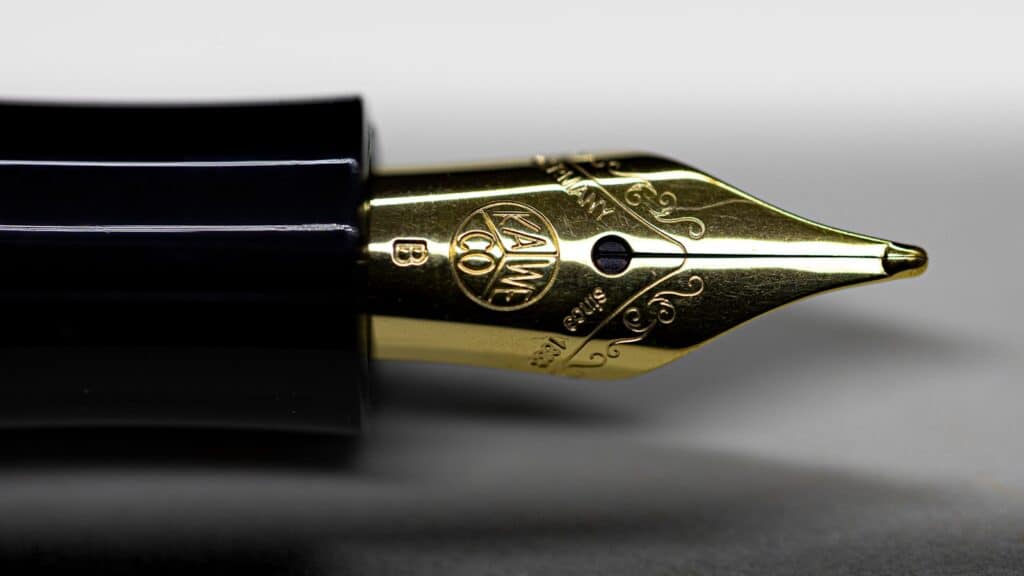You're convinced that a competitor is using unfair methods to harm you. Your intuition tells you that something is wrong, that the competition is no longer on a level playing field. But there is often a big gap between the intimate conviction that you are a victim and the ability to prove it in court. Winning an action for unfair competition is not based on feelings, but on tangible evidence. As we have seen, the basis of this action is article 1240 of the Civil Code, which requires three cumulative conditions to be met: fault, damage and a causal link between the two. For an in-depth understanding of these fundamental principles of unfair competition and its legal basisFor more information, see our dedicated article. Forget one of these conditions, and your action will fail, even if your competitor's behaviour seems profoundly unfair to you. How do you define each of these elements precisely? And above all, how do you prove them in concrete terms? For an overview of procedures and possible sanctions once these conditions have been established, consult our dedicated article. This is what we'll be looking at in detail in this article, including the subtleties and flexibilities sometimes accepted by the courts.
Fault: the heart of the unfair competition action
It all starts with fault. If your competitor is not at fault, there can be no unfair competition. But what is "fault" in this context? It is not necessarily a criminal offence or a breach of contract. The concept of faute délictuelle in article 1240 is broader. It refers to any behaviour that deviates from the standard expected of a prudent and loyal professional in economic competition. This could be an act contrary to the honest practices of your profession, a manoeuvre designed to create confusion in the minds of customers, a misrepresentation of your services or a breach of contract. denigration of your products, disorganisationor an act of parasitism that takes unfair advantage of your efforts.
A crucial point that is often overlooked: it is not no need to prove that your competitor intended to harm you. Case law constantly repeats that simple negligence or carelessness can be enough. If a competitor, through a lack of vigilance, adopts a brand name or packaging that is too similar to yours, thereby creating confusion, they are committing a fault that could give rise to liability, even if they had not deliberately sought to imitate you. Everyone has a duty of care and respect for other market players.
But how do you actually prove this fault? This is often where the main difficulty lies. Here are the main means at your disposal:
- Bailiff's reports Bailiffs are a highly effective tool for 'photographing' a situation at a given moment. A bailiff can observe the presence of denigrating advertising on a website, the confusing layout of a shop, the sale of imitated products, etc. These observations have strong evidential value in court.
- Testimonies Written testimonials from customers who have been misled, or from former employees who can testify to unfair internal practices (note that the testimony must be spontaneous and obtained in good faith), can be useful. Be wary, however, of evidence obtained by unfair means (false customers, clandestine recordings, etc.), which could be disregarded by a judge. Fairness is also essential in the search for evidence.
- Written documents Keep all written records: advertisements, brochures, e-mails, letters, misleading price comparisons, etc., which can show your competitor's wrongdoing.
- Investigative measures "in futurum" (article 145 of the Code of Civil Procedure) If you suspect unfair acts but lack direct evidence (for example, misappropriation of know-how or free riding based on illicit internal economies), you can ask the judge, even before you start your case on the meritsThis may involve appointing a legal expert to analyse the situation, or even authorising the seizure of documents from your competitor. This may involve appointing a legal expert to analyse the situation, or even authorising the seizure of documents from your competitor. This is a very useful procedure, but it is subject to certain restrictions: there must be a legitimate reason (serious suspicion) and the measure must be proportionate. The judge will also take care to protect the legitimate business secrecy of the target company, even if this secrecy is not an absolute obstacle to the search for the truth.
A particular case of fault is the breach of regulations. If your competitor does not comply with the rules applicable to your sector (social, tax or environmental standards, specific rules on prices, required qualifications, etc.) and derives an economic advantage from this (reduced costs, ability to charge lower prices, etc.), this breach may in itself constitute unfair competition. All you have to do is prove that the rule has not been complied with and that the competitor has gained a competitive advantage as a result.
Damage: what are the harmful consequences?
Being at fault is one thing. But that fault must also have caused you a damage. Without proven damage, no compensation is possible. This is a basic principle of civil liability.
In terms of unfair competition, damage can take various forms:
- Direct material damage This is the most obvious: the loss of sales, the reduction in your margins, the loss of specific contracts directly attributable to the unfair actions of your competitor. This is often the easiest loss to quantify, but it is not always the only or the most important one.
- Commercial disturbance The concept of intangible harm is a broader one, frequently used by the courts to encompass a variety of intangible harm. It can include damage to your brand image or your reputation, from making your products commonplace or your distinctive signs (when the parasite copies your efforts, your brand loses its value), of the destabilising your company (demobilisation of teams following a mass poaching, the need to redirect your strategy, etc.). The expenses you have had to incur to counter unfair acts (corrective communication campaign, legal fees, etc.) are also part of this problem.
- Non-material damage Yes, even a company (a legal entity) can suffer moral prejudice, which is distinct from a commercial problem. It involves damage to its honour and professional reputation. It is often symbolic (an award of €1) but may be awarded in addition to the material loss.
The major difficulty often lies in theassessment of this loss. How do you isolate the exact impact of your competitor's fault from the other factors influencing your business (economic climate, normal competition, your own strategic choices, etc.)? This is a complex exercise. Judges know this, and have a sovereign power to assess the amount of the repair. They base their assessment on the information you provide (balance sheets, market studies, certificates, etc.), but the assessment is often a flat-rate one.
Faced with this difficulty, case law has developed a pragmatic approach. Judges very often consider that certain acts of unfair competition, by their very nature (a public denigration, an imitation creating obvious confusion, blatant parasitism, etc.), are not unfair, necessarily results in a lossThis is sometimes referred to as the "presumption of harm". This is sometimes referred to as the "presumption of damage". However, this does not mean that you do not have to justify the extent of your loss! If you do not provide any information enabling the judge to assess, even approximately, the financial or commercial consequences of the fault, your claim for damages may be rejected or limited to the symbolic minimum. Therefore, even if the damage is presumed in principle, you must try to quantify it.
One method of assessment, which is increasingly accepted, particularly in cases of parasitism, consists of calculating the loss not on the basis of the loss suffered by the victim, but on the basis of the "value of the product". savings or profits made by the person at fault. The idea is to deprive them of the gain unduly acquired through their unfair behaviour. This is a dissuasive approach aimed at restoring the distorted competitive balance.
The causal link: proving that the fault caused the damage
The third and final condition is that you must show that the loss you are claiming was caused by direct consequence of the fault committed by your competitor. This causal link may seem obvious, but it must be established.
How do you go about it?
- By showing a temporal correlation Your sales dropped just after the smear campaign began, for example.
- By carrying out comparisons Your business performance compared with that of competitors not affected by the fault, or compared with your own forecasts based on previous years.
- By producing customer testimonials explaining that they had chosen the competitor because of the confusion created, or had given up buying your products because of the disparaging reviews.
Here again, proof can be tricky. Other factors may have influenced your results. That's why judges are often pragmatic. If the fault is proven and serious, and a loss (even a simple commercial disturbance) is established, they will quite easily admit the causal link, considering that the fault has necessarily contributed to the damage, without requiring a scientific demonstration that is impossible to provide. The "presumption" of damage indirectly helps to establish this link.
In conclusion, while unfair competition actions are based on the three classic pillars of civil liability - fault, loss, causation - their practical application is marked by a certain flexibility in the case law, which is aware of economic realities and the difficulties of proof. Nevertheless, the success of your action will largely depend on the quality of the case you present. Gathering solid evidence of fault, clearly identifying the various aspects of your loss and providing evidence to justify their assessment and the link with fault are decisive steps.
Building a solid case is crucial to the success of an action for unfair competition. Our firm can help you gather evidence and demonstrate the conditions of liability. To benefit from our specialist expertise and optimise your chances of success, contact us to work out your strategy.
Sources
- Civil Code: Article 1240 (formerly article 1382), Article 1241 (formerly article 1383).
- Code of Civil Procedure: Article 145 (Investigative measures before any trial).
This is the fourth article in the series, devoted to aggressive forms of unfair competition: denigration and disruption.




